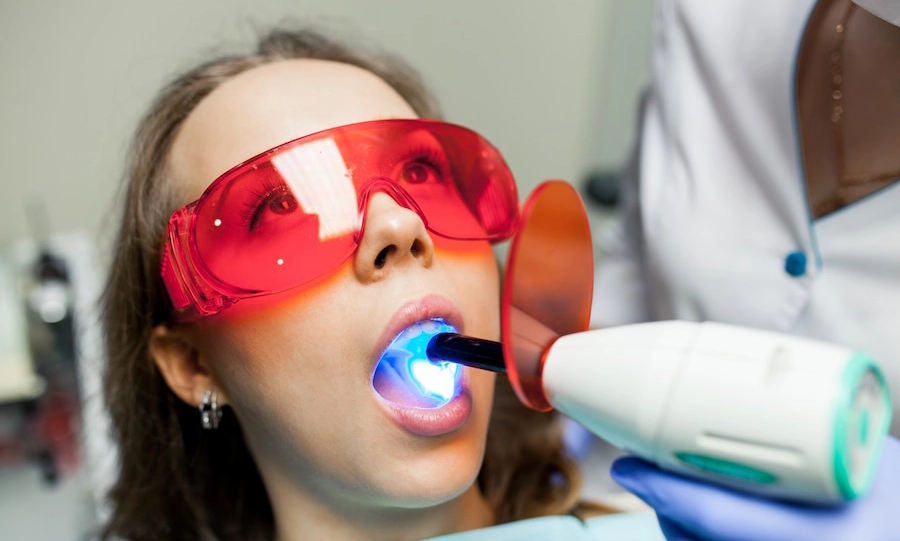
Is Laser Treatment Good for Your Teeth?
In the ever-evolving landscape of dental care, laser dentistry stands out as a cutting-edge advancement revolutionizing the field. Harnessing the power of focused light beams, laser dentistry offers a plethora of benefits, yet it also poses certain limitations and risks. Let’s explore the world of laser dentistry to understand its intricacies and implications.
What is Laser Dentistry?
Laser dentistry involves the utilization of concentrated light energy to perform a variety of dental procedures with remarkable precision and efficiency. This innovative approach has transformed traditional dental treatments by offering minimally invasive alternatives for a wide range of procedures.
How are Laser Treatments Performed?
During Laser Dental Procedures, the dentist employs a handheld device that emits a highly focused beam of light. Depending on the specific procedure, the wavelength and intensity of the laser can be adjusted accordingly. The dentist directs the laser onto the targeted area, where it interacts with the tissues to achieve the desired effect, such as cutting through soft tissue, removing decay, or whitening teeth.What Types of Lasers are Used?
Several types of lasers are utilized in dental practice, each tailored to address different
Dental Concerns.
Some common types include:
- Diode Lasers: Ideal for soft tissue treatments like gum reshaping and frenectomies.
- Nd:YAG Lasers: Effective for treating periodontal disease and promoting tissue regeneration.
- Erbium Lasers: Suitable for both soft and hard tissue procedures, such as cavity preparation and dental implant surgeries.

Benefits of Using Laser Dentistry over Other Methods
- Minimally Invasive: Laser dentistry typically requires less cutting and drilling compared to traditional methods, preserving more healthy tissue.
- Reduced Discomfort: The precision of lasers minimizes damage to surrounding tissues, leading to less post-operative discomfort and faster recovery.
- Increased Precision: Laser technology allows for highly precise and targeted treatment, enhancing the overall quality of dental care.
- Decreased Bleeding and Swelling: The cauterizing effect of lasers helps to seal blood vessels and minimize bleeding and swelling during and after procedures.
Disadvantages of Laser Dentistry
- Cost: Laser equipment and training can be expensive, leading to higher treatment costs for patients.
- Limited Efficacy: While lasers excel in certain procedures, they may not be as effective as traditional methods for all dental treatments.
- Eye Protection: Both the dentist and the patient must wear protective eyewear during laser procedures to prevent potential eye damage from the intense light.
Risks Associated with Laser Dentistry
Despite its Many Advantages, Laser Dentistry Does Entail Some Risks and Limitations:
- Tissue Damage: Improper use of lasers can cause thermal damage to adjacent tissues, leading to complications such as burns or scarring.
- Infection Risk: Inadequate sterilization of laser tips or instruments can potentially introduce infections.
- Nerve Damage: Although rare, lasers have the potential to cause nerve damage if used incorrectly or at high power settings.
Conclusion:
laser dentistry represents a remarkable advancement in dental technology, offering numerous benefits in terms of precision, comfort, and recovery. However, it’s essential to recognize its limitations and potential risks to ensure safe and effective treatment outcomes. With ongoing research and advancements, laser dentistry continues to push the boundaries of modern dental care, promising even greater possibilities in the future.
